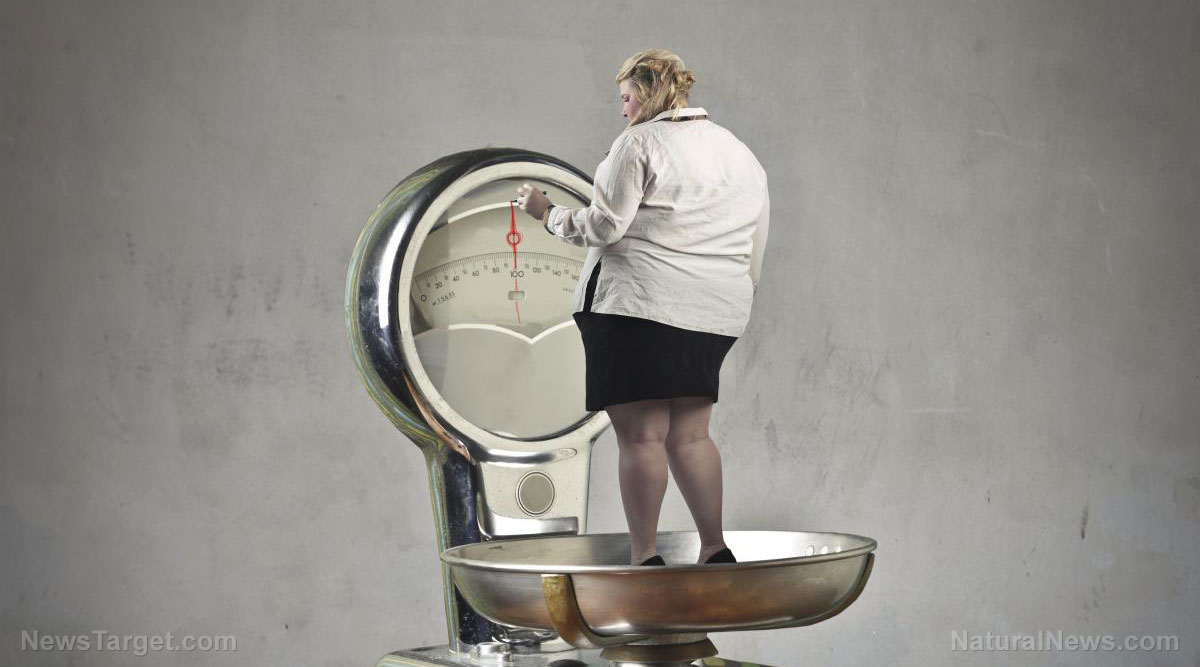Why every menopausal woman should exercise (even 15 minutes a day can dramatically improve your health)
04/10/2019 // Michelle Simmons // Views
Tags: agingsecrets, exercise, fitness, goodhealth, longevity, menopausal women, Menopause, menopause symptoms, prevention, remedies, slender, women, Women's Fitness, women's health

- Aerobic exercise: Menopausal women should try aerobic exercise to get their heartbeat up and muscles moving. Aerobic exercise increases strength, flexibility, and stamina. This type of workout also lifts the mood, lowers cholesterol levels and blood pressure, and helps in getting a good night’s sleep. Aerobic exercise is also particularly good for the heart and for losing or maintaining weight. Some aerobic exercises to try include walking, jogging, running, swimming, cycling, and even using the stairs.
- Dancing: Dancing also helps as it is considered a cardio exercise, but more fun than jogging or walking. Like all other aerobic exercises, dancing helps build muscle, improves flexibility, and increases confidence all at once. This is a more enjoyable way to get moving, which also provides more relaxation potential than something that you dread to do. You can try any dance genre, be it hip hop, jazz, tango, or something else, as long as you enjoy doing it.
- Strength training: Strength training also benefits menopausal women. By doing strength training twice a week, you will be able to build lean muscle mass and boost your metabolism -- both of which aid in weight loss. Strength training also lowers the risk of osteoporosis by building stronger bones, helps you maintain muscle mass which is especially important as it declines with age, and makes you stronger overall. This type of exercise also helps cut your risk of conditions that are more likely to occur after menopause, such as arthritis, back pain, hypertension, and Type 2 diabetes. Strength training not only involves weight-lifting, but also includes push-ups, pull-ups, squats, and using a resistance band.
- Mind-body techniques: Menopausal women who practice mind-body techniques such as yoga and tai chi improve their flexibility. At the same time, these exercises also provide mental health benefits such as reducing stress and preventing depression. Yoga, in particular, may provide relief from unpleasant menopause symptoms such as hot flashes, mood swings, and tiredness.
- Household chores: If you’re too busy at home doing chores to go to the gym, you don’t have to worry because household chores count. Any physical activity, such as vigorous mopping and vacuuming, cleaning out the basement, raking leaves, or scrubbing the bathroom, will all increase your heart rate and boost your strength. More intense housework and yard work can work your arm muscles, core, glutes, and quads.
Foods to eat during menopause
Your diet also plays a role in reducing menopausal symptoms. Research has shown that certain foods may help reduce some symptoms of menopause, such as hot flashes, poor sleep, and low bone density. Listed below are some foods you need to add to your diet:
- Fruits and vegetables: Fruits and vegetables are loaded with vitamins, minerals, fiber, and antioxidants -- which are a great addition to your diet. Some of the best fruits and vegetables to eat are cruciferous vegetables and dark berries.
- Foods that contain phytoestrogens: Phytoestrogens are compounds in food that serve as weak estrogens in your body. You can get these from barley, berries, chickpeas, and peanuts.
- Healthy fats: You need foods rich in omega-3 fatty acids, such as fatty fish like anchovies, mackerel, and salmon, and seeds like chia seeds and hemp seeds.
- Quality protein: Because estrogen decline leads to reduced muscle mass and bone strength, you'd need to eat more protein. You can obtain protein from eggs, meat, fish, and legumes.
- Whole grains: Research has shown that a diet rich in whole grains, which can include brown rice, quinoa, and barley, helps lower the risk of heart disease, cancer, and early death. Whole grains are also rich in nutrients like fiber and B vitamins. (Related: Natural menopause treatment with herbs, food remedies and homeopathy relieves cause of symptoms.)
Read more about women's health at WomensHealth.news.
Sources include:
Related Topics
agingsecrets exercise fitness goodhealth longevity menopausal women Menopause menopause symptoms prevention remedies slender women Women's Fitness women's healthLatest News
Related News
11/01/2023 / By Olivia Cook
10/11/2023 / By Olivia Cook
09/26/2023 / By Zoey Sky
09/01/2023 / By Evangelyn Rodriguez
08/28/2023 / By Olivia Cook
08/22/2023 / By Evangelyn Rodriguez
Take Action:
Support Natural News by linking to this article from your website.
Permalink to this article:
Copy
Embed article link:
Copy
Reprinting this article:
Non-commercial use is permitted with credit to NaturalNews.com (including a clickable link).
Please contact us for more information.
Please contact us for more information.























